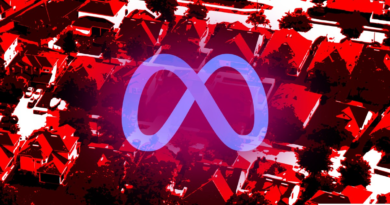Why there’s no clear winning pricing strategy in B2B SaaS
It’s been a long time since Salesforce helped change the world of technology by claiming it was going to end software. Its model of selling access to a managed service that was hosted on the cloud (what we generically call software as a service today, or SaaS) didn’t end software, of course, but it did turn the world away from buying software in a box.
The trade-offs were simple. Software offered as a service was cheaper upfront but could cost more over time. In return, vendors promised regular updates and you never had an out-of-date version. No matter how you feel about the subscription economy, the shift from buying Microsoft Office in a box to renewing your Microsoft 365 subscription online is now part of our past.
The Exchange explores startups, markets and money.
Read it every morning on TechCrunch+ or get The Exchange newsletter every Saturday.
Salesforce’s model of selling access to its software services on a subscription basis was imperfect. All business models are, but what some folks realized was that while SaaS and its ilk were tidy profit centers for vendors, their costs could wind up misaligned with buyers’ needs. For example, if you pay for more seats than you use, or some of your paid seats only use the service a little bit, you could wind up paying for more software than you really needed.
Enter usage-based pricing, which involves charging for software based on how much of it was consumed. Just like how SaaS products ate up older software sales models, some folks thought that consumption-based pricing would be the next thing. Indeed, Twilio grew to mammoth size on the back of the model, carving a Salesforce-like path forward for startups. From the “end of software” to “ask your developer,” it seemed the future of software pricing was up for grabs, especially during the last venture boom.
Then the economy turned and tech companies suddenly had to deal with customers looking to lower their bills. Based on our read of SaaS companies’ quarterly reports, it seems that while all software companies had some soul-searching to do mid-2022 onward, consumption-based models were hit the hardest. That’s perhaps why Salesforce’s founder is still its CEO, while Twilio’s isn’t.




